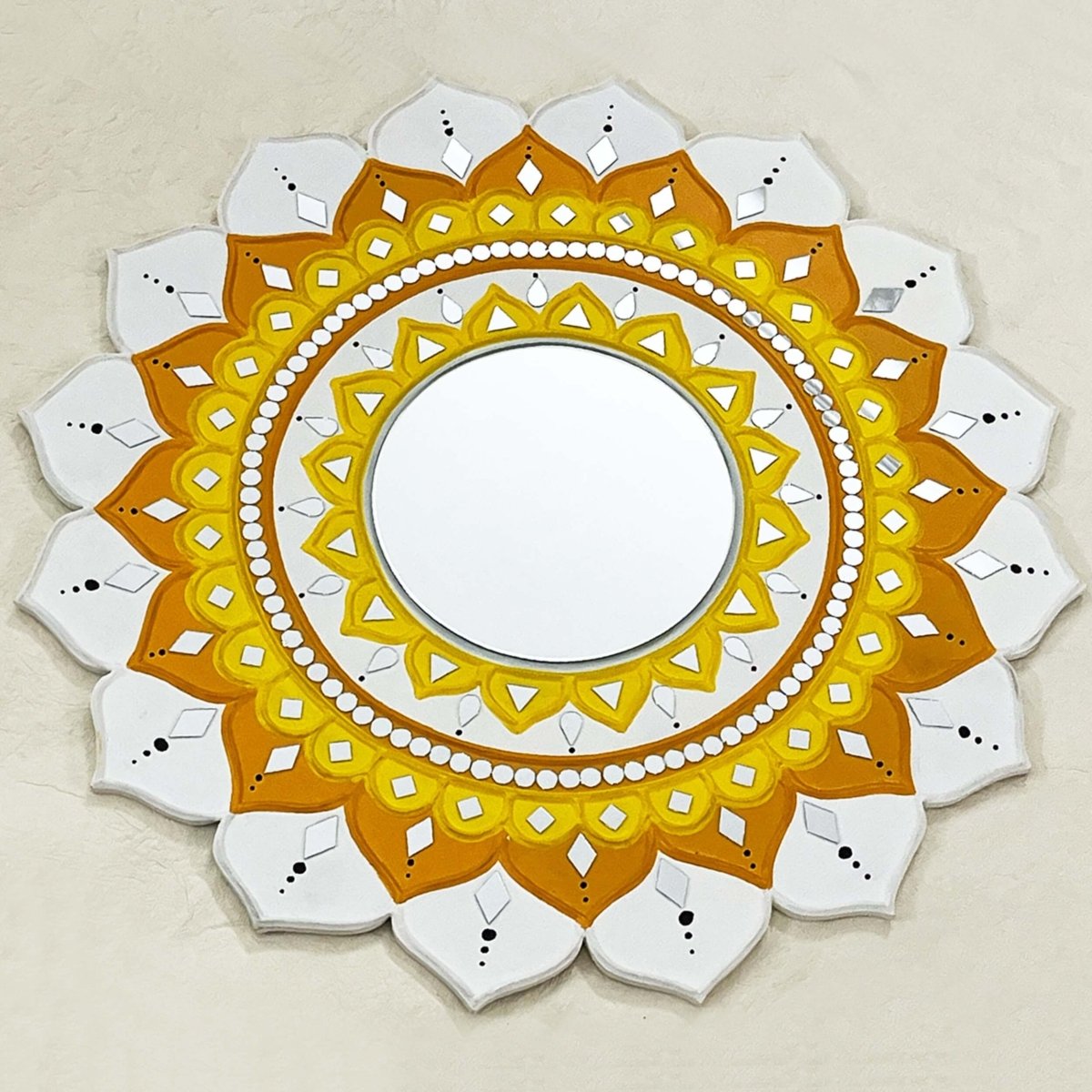Srirangam’s Grand Temple Island
BOOKMARK
Deep within the mainland of Tamil Nadu, you will find a small river island on the Kaveri river that attracts millions of pilgrims each year. A bridge connects the main town of Tiruchirapalli to Srirangam, which houses the grand Sri Ranganathswamy temple, considered the largest active temple complex in the world. While Tamil literature has references to this temple and traces it back to the Sangam era, before the Common Era (CE), archaeologists believe that the temple complex evolved over a long period of time with layers upon layers being added to it.
This Vishnu temple complex spans an area of about 631,000 square metres (6,790,000 sq ft) with a perimeter of 4 km (10,710 ft).The entire temple complex built in the Dravidian style of architecture consists of seven parikramas (path around the temple) with massive walls, 21 sculpted gopurams (monumental ornate towers), 53 sub shrines, 9 sacred pools and a gilded vimana (dome) over the sanctum sanctorum. While the great temple of Angkor Wat in Cambodia, is larger in size, the Sri Ranganathswamy temple beats it, since it is actively in use even today, hundreds of years after it was built.
Within the Vaishnava tradition this Vishnu temple is also considered the most important. Avey Varghese, author of the book ‘108, Vishnu Temples: Architectural Splendour, Spiritual Bliss’ calls Ranganathswamy temple the most important of the 108 ‘Divya Desams’, dedicated to Lord Vishnu. Divya Desams are Vishnu temples mentioned in the works of the Alvars, the Tamil poet-saints from the 5th century CE who triggered off the Bhakti movement that started as a wave from the south. Of the 108 Vishnu temples, 105 are in India, one is in Nepal and two are believed to be outside the ‘Earthly Realms’. The Ranganathswamy temple is the only one out of 108 temples that finds mention in the songs of all the Alvars (except one, the Madurakavi Alvar in 8th Century CE). This indicates just how old this temple complex is.
The oldest literary reference to the Ranganathswamy temple is in the Silappadikaram, a Sangam era text believed to have been written around the start of the Common Era and considered to be one of the five great epics of Tamil literature.
However, inscriptions on the temple only date back as far as the 10th Century CE and make references to a succession of dynasties who ruled over the Trichy district -The Cholas, Pandyas, Hoysalas and the Vijaynagara Empire. These inscriptions prove that temple enjoyed continuous patronage and this large temple complex and its magnificent towers were built over a period of 700 years from the 10th to the 17th century CE by different rulers.
The earliest inscription belongs to the time of the great Chola King, Raja Raja I (958-1014 CE) and describes a gift of gold and one hundred cows to the temple for daily supply of milk to the deity. It also mentions how the King provided for cattle sheds and grazing fields.
In 1311 CE and 1323 CE, Alauddin Khilji's forces led by Malik Kafur and Ulugh Khan attacked the temple. In the first attack, all the gold gifts made to the temple were looted. In the second, the temple was badly damaged. Thankfully before the temple could be destroyed the priests had carried the main deity with them into hiding. The idol remained in hiding in the forests of Kerala and then in hills of Tirupati for almost six decades. Finally, in 1371 CE, the deity was returned to the temple by the Vijaynagara kings.
In the 18th century CE, during the Carnatic wars between the British and the French, the temple was converted into a fortress by the competing powers. There is a legend that a French soldier stole the Orlov diamond from the temple during the 2nd Carnatic War of 1742. There were claims that the Orlov diamond was one of the eyes of a giant Brahma statue in the temple. During the third Mysore War in 1790-92 CE, the temple was extensively looted and plundered by the armies of Tipu Sultan. The temple town later passed on to the British.
Despite its troubled history, the Ranganathswamy temple remains one of the grandest temples in India. The main deity of the temple is a twenty seven feet idol of Lord Ranganatha in a reclining position with a five headed serpent (Adishesh) as his bed. Behind him is the Kubera, the God of Wealth and Goddess Lakshmi. Of the unique features of the temple is the Mandapa (hall) of 1000 pillars (actually 953) which was created during the Vijaynagara period (1336 – 1565 CE).
In addition to the main shrine, the complex houses shrines of different of forms of Vishnu including Chakkarathazhwar, Narasimha, Rama, Hayagreeva and Gopala Krishna.
The complex has 21 gopurams (temple gateways), most prominent among which is the main entrance- the Rajagopuram which is a whopping 73 meter high, making it the tallest gopuram in India. It was originally begun by Achyuta Deva Raya (1529-1542 CE), the ruler of the Vijayanagara empire but construction stopped after his death. It remained incomplete for 400 years till the 1980s, when the Seer of Sri Ahiloba Mutt in Andhra Pradesh collected funds for its completion. The Rajagopuram was completed and consecrated on 25th March 1987.
The district of Tiruchirapalli, where Srirangam is, houses as many as 6 great Vishnu temples but there is nothing there, or even across India, that compares in scale to the Sri Ranganathswamy Temple. Grand in its scale, it has also been spectacular in its appeal attracting millions of devotees to it, for over a millennia!
Cover Image: Nagarjun Kandukuru via Wikimedia Commons









